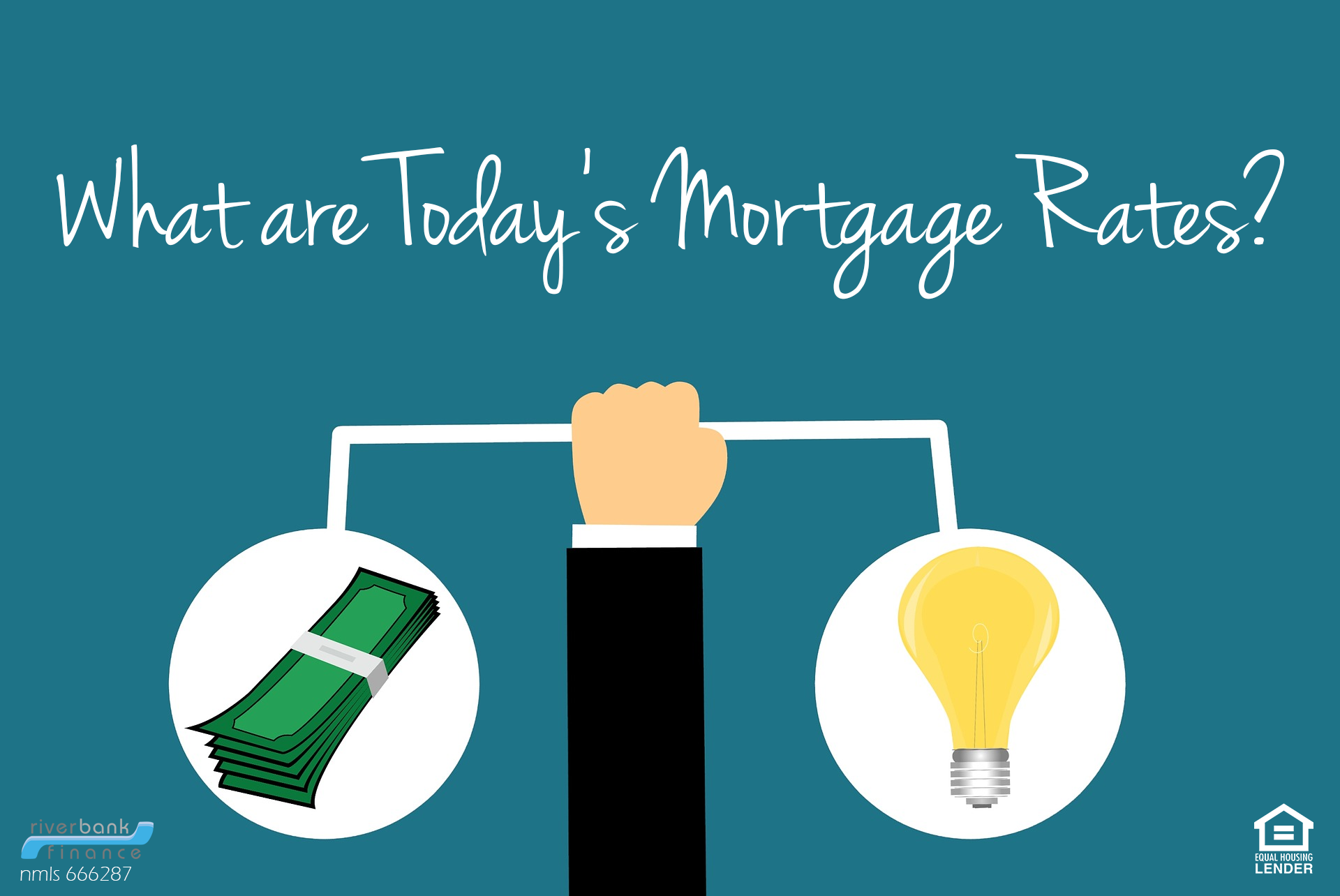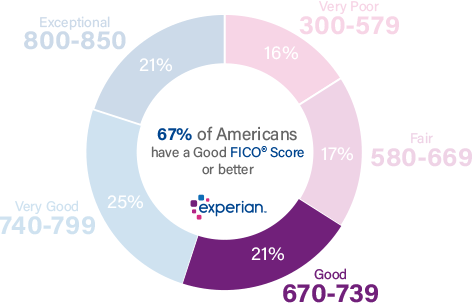According to a 2015 article in the, in 2014, about 12% of the United States HECM reverse home loan debtors defaulted on "their property taxes or house owners insurance" a "fairly high default rate". In the United States, reverse home mortgage debtors can face foreclosure if they do not keep their homes or maintain to date on house owner's insurance coverage and real estate tax.
On 25 April 2014, FHA modified the HECM age eligibility requirements to extend certain defenses to spouses more youthful than age 62. Under the old standards, the reverse home mortgage could only be composed for the partner who was 62 or older. If the older partner died, the reverse home mortgage balance ended up being due and payable if the more youthful making it through partner was left off of the HECM loan.

This typically created a significant hardship for spouses of departed HECM mortgagors, so FHA revised the eligibility requirements in Mortgagee Letter 2014-07. Under the new standards, spouses who are younger than age 62 at the time of origination retain the securities used by the HECM program if the older partner who got the mortgage passes away.
For a reverse home mortgage to be a practical monetary option, existing mortgage balances normally need to be low enough to be settled with the reverse mortgage profits - reverse mortgages how do they work. However, customers do have the option of paying down their existing home loan balance to get approved for a HECM reverse mortgage. The HECM reverse mortgage follows the standard FHA eligibility requirements for residential or commercial property type, suggesting most 14 household homes, FHA authorized condominiums, and PUDs qualify.

Before beginning the loan process for an FHA/HUD-approved reverse home mortgage, candidates need to https://www.globenewswire.com/news-release/2020/05/07/2029622/0/en/U-S-ECONOMIC-UNCERTAINTIES-DRIVE-TIMESHARE-CANCELLATION-INQUIRIES-IN-RECORD-NUMBERS-FOR-WESLEY-FINANCIAL-GROUP.html take an approved counseling course. https://www.benzinga.com/pressreleases/20/02/p15374673/34-companies-named-2020-best-places-to-work An authorized counselor must help discuss how reverse home loans work, the financial and tax ramifications of taking out a reverse mortgage, payment alternatives, and costs connected with a reverse mortgage. The counseling is implied to protect borrowers, although the quality of counseling has been criticized by groups such as the Consumer Financial Security Bureau.
Get This Report on How Do Collateralized Debt Obligations Work Mortgages
On March 2, 2015, FHA implemented new standards that need reverse mortgage candidates to undergo a monetary assessment. Though HECM debtors are not required to make regular monthly mortgage payments, FHA wants to make sure they have the financial capability and willingness to keep up with real estate tax and homeowner's insurance (and any other suitable residential or commercial property charges).
Prior to 2015, a Lender might not refuse an ask for a HECM as the requirement is age 62+, own a home, and meet initial debt-to-equity requirements. With FA, the lender may now require Equity "reserved" rules and amounts that make the loan impossible; the same as a declination letter for bad credit.
Satisfying credit - All housing and installation financial obligation payments should have been made on time in the last 12 months; there disappear than two 30-day late home loan or installation payments in the previous 24 months, and there is no major bad credit on revolving accounts in the last 12 months.
If no extenuating circumstances can be documented, the debtor might not certify at all or the loan provider might require a large amount of the primary limit (if offered) to be taken into a Life Span Reserve (LESA) for the payment of property charges (real estate tax, property owners insurance coverage, etc.).
The fixed-rate program includes the security of a rates of interest that does not change for the life of the reverse mortgage, however the interest rate is normally greater at the start of the loan than a comparable adjustable-rate HECM. Adjustable-rate reverse home loans normally have interest rates that can change on a regular monthly or annual basis within certain limitations.
Some Known Facts About How Does Mcc Work Mortgages.
The initial rate of interest, or IIR, is the actual note rate at which interest accrues on the impressive loan balance on an annual basis. For fixed-rate reverse home loans, the IIR can never alter. For adjustable-rate reverse home loans, the IIR can alter with program limits approximately a lifetime rate of interest cap.
The EIR is typically different from the real note rate, or IIR. The EIR does not determine the amount of interest that accumulates on the loan balance (the IIR does that). The total pool of cash that a customer can get from a HECM reverse mortgage is called the principal limitation (PL), which is determined based upon the optimum claim quantity (MCA), the age of the youngest customer, the expected rate of interest (EIR), and a table to PL aspects published by HUD.
Most PLs are typically in the range of 50% to 60% of the MCA, but they can sometimes be greater or lower. The table listed below offers examples of principal limits for various ages and EIRs and a home worth of $250,000. Debtor's age at origination Anticipated rates of interest (EIR) Principal limit factor (since Aug.
5% 0. 478 $119,500 65 7. 0% 0. 332 $83,000 75 5. 5% 0. 553 $138,250 75 7. 0% 0. 410 $102,500 85 5. 5% 0. 644 $161,000 85 7. 0% 0. 513 $128,250 The primary limit tends to increase with age and decrease as the EIR rises. To put it simply, older borrowers tend to receive more cash than younger borrowers, but the overall amount of cash available under the HECM program tends to decrease for any ages as rates of interest increase.
Any extra earnings readily available can be dispersed to the borrower in several methods, which will be detailed next. The cash from a reverse mortgage can be dispersed in 4 ways, based on the customer's financial needs and objectives: Lump sum in money at settlement Monthly payment (loan advance) for a set number of years (term) or life (tenure) Line of credit (comparable to a house equity credit line) Some mix of the above Note that the adjustable-rate HECM provides all of the above payment choices, but the fixed-rate HECM only uses lump sum.
The Greatest Guide To How Canadian Mortgages Work
This indicates that customers who select a HECM credit line can possibly get to more money in time than what they initially certified for at origination. The line of credit growth rate is determined by including 1. 25% to the preliminary rates of interest (IIR), which implies the line of credit will grow quicker if the rates of interest on the loan increases.
Because numerous borrowers were taking complete draw swelling sums (frequently at the support of lending institutions) at closing and burning through the cash quickly, HUD sought to secure borrowers and the practicality of the HECM program by limiting the amount of earnings that can be accessed within the first 12 months of the loan.
Any staying offered proceeds can be accessed after 12 months. If the total mandatory commitments surpass 60% of the principal limit, then the debtor can draw an additional 10% of the principal limitation if offered. The Housing and Economic Healing Act of 2008 provided HECM mortgagors with the chance to acquire a new primary home with HECM loan proceeds the so-called HECM for Purchase program, efficient January 2009.